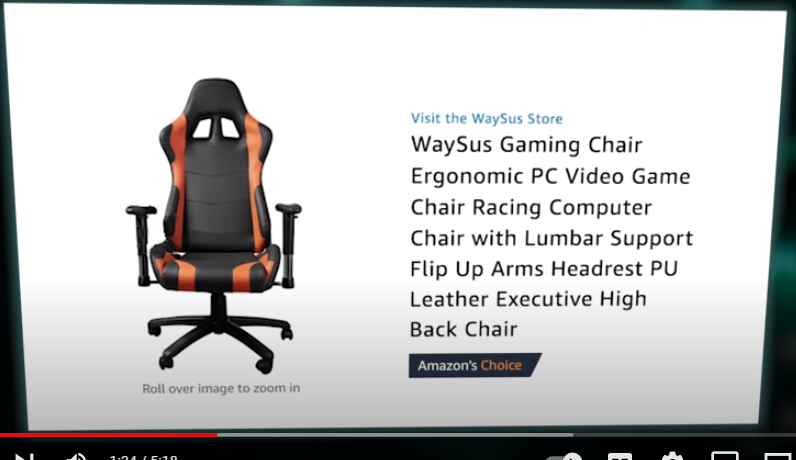How does your marketing grow? The core should always be made up of a plan for the long-term view with evergreen and perennial content. Annuals should only be added as needed to meet current trends.
That sales and marketing should be aligned is indisputable. But that the sales department should dictate marketing is definitely disputable.
My experience an SaaS startup for eCommerce businesses crystalized that recognition for me. Initially, I worked on content planned with the CEO and produced some solid, evergreen pieces. However, when a VP of marketing whose background was in sales and not in marketing came in, she pushed everything into a short term perspective.
This was manifested in constantly pushing content around coupons and discount codes to drive customers to purchase. Pushing promotions is the ultimate short-term marketing effort designed for immediate sales alone.
While discounts are definitely a big part of retail sales, they should not be the sole strategy used by sellers who want to cultivate long term relationships with customers. The goal of marketing is not just to convert customers based on sales for the week or occasion but to win loyal customers with a high customer lifetime value (CLV) who have your brand top-of-mind when they're ready to purchase even without a coupon as part of the deal.
Perennial vs. annual planting
Building a relationship with customers on the basis of marketing is like planting a garden. You can go for the quick wins of instant color and results for the season by planting annuals. That's the marketing done from the perspective of people who come from sales who always favor immediate results.
But for real value, you plan perennials, which will deliver blooms of color year after year. That's what a true marketing perspective takes into account.
A perennial perspective doesn't mean ignoring seasonal opportunities. On the contrary, it sees the value of planning for repeated returns in all seasons with marketing messages and content that are relevant for that time of year and that occasion that will recur.
Yearly holiday vs. pandemic holiday
Notice that I referred to an occasion that will recur as forming the core of your marketing. That doesn't mean that you ignore current trends altogether but that you recognize that they are transient. That means they they won't deliver the same bang for your marketing bucks as the perennial marketing you plan.Nothing illustrates that better than the mistake many businesses made in going all-in on pandemic messaging while ignoring their need for evergreen content.
This is particularly striking in the content of the content marketing that the startup I worked for decided to feature for Halloween. There was no pre-existing content for that holiday's importance to the world of eCommerce on the site, so I created an evergreen holiday piece on different possible approaches to fall and Halloween marking.
Thinking only of the short-term, though, the VP demanded a different piece that explicitly centered around the pandemic's impact on Halloween. That's what was put on the site, and that bit of annual color is of no interest to anyone today.
For a business that already had created core content, including standard seasonal and holiday content, it would have been a strategic move to some pieces that centered around the impact of the pandemic on the industry and its customers in 2020-2021. In fact, it would have been smart to use some of that to link to their more traditional content to point out the need to adapt to the times with new strategies and approaches.
However, for businesses that were just building out their content, devoting all resources to pandemic-centered content with only masked people shown on their site was a mistake. If they failed to move that content off the main pages of their sites in the past year or two they were showing their own failure to adapt to the changing needs of the time.











